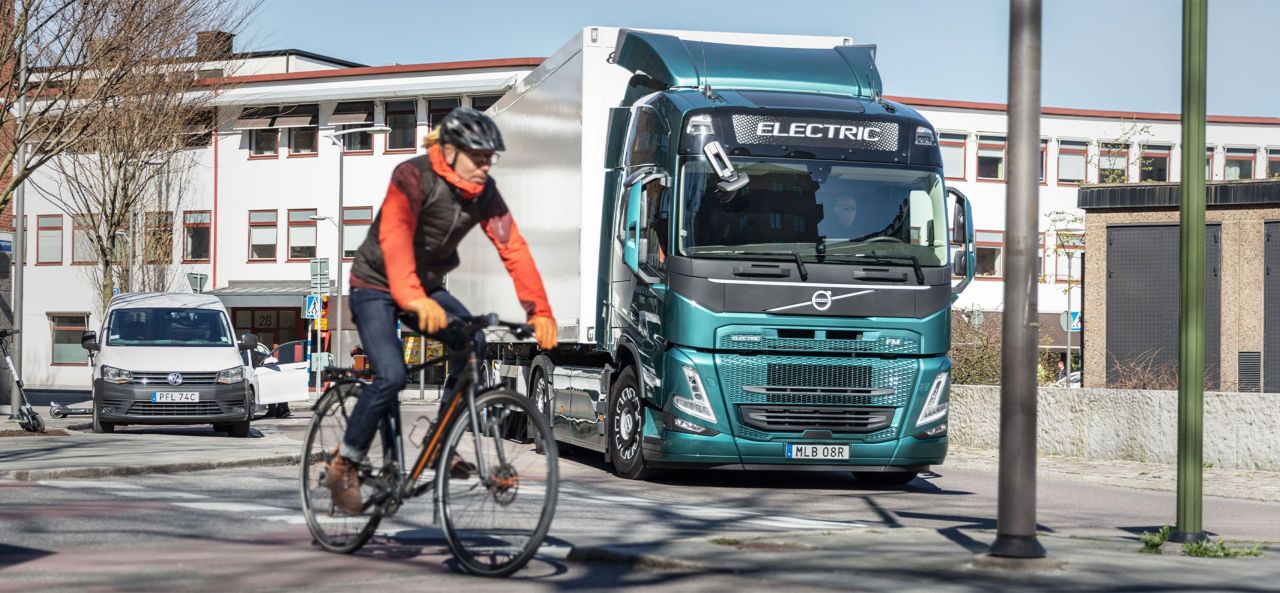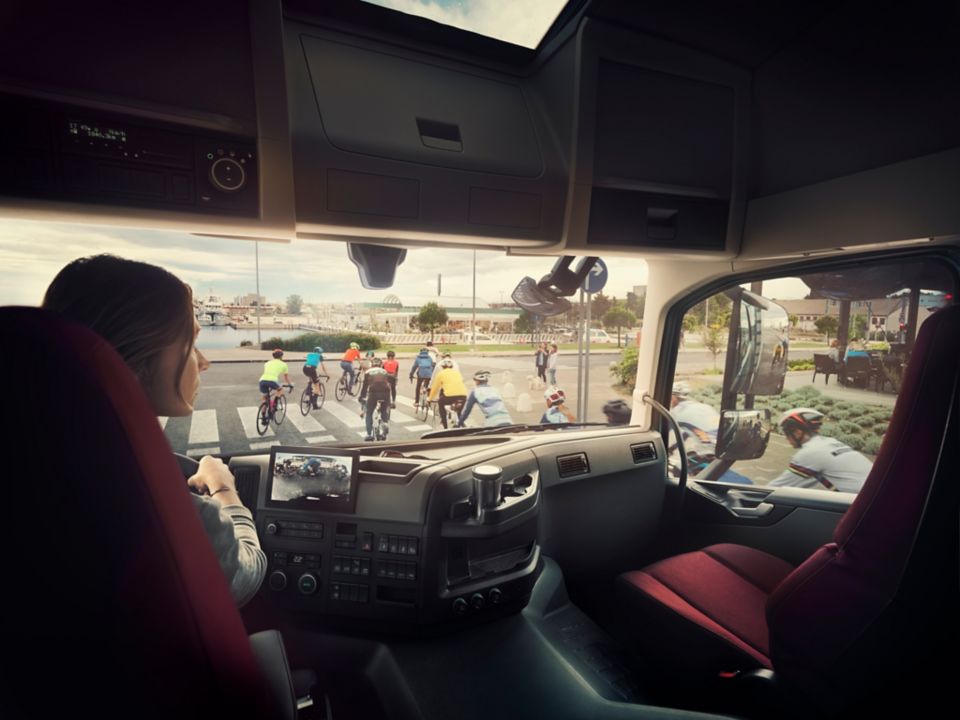Over the past decades, the number of fatal accidents involving heavy trucks has significantly decreased. However, they still make up around 15% of all traffic deaths in EU. The Volvo Trucks Accident Research Team (ART) has deep knowledge about which accidents are most common and why they happen.
Every truck accident has a story to tell about what happened the seconds before and after the incident. A story that can hold the insight to how the accident could have been avoided or prevented. When putting the insights together – it is possible to draw conclusions.
Insights lead to safer trucks and roads
But that is just one part of the Accident Research Team´s job. Many of the insights are found when collecting and analysing national accident statistics and deep diving into the accident data, to find those hard-to-find correlations. This helps Volvo Trucks to develop technology and collaborate with policy makers that eventually make our roads safer, one step at a time.
“Analysis of statistics tells us how common each accident type is, and our own in-depth studies provide the details of how and why they happen”, says Anna Theander, Leader of ART, who together with the team visits crash sites and investigates trucks in the urge to learn more about accidents.
Type accidents facilitate analysis
The team has established a system of categorisation called Type Accidents, that gives an overview of the most typical accident scenarios involving heavy trucks, where there are serious or fatal injuries.
“Type Accidents are a good representation of the most frequent accidents affecting heavy truck occupants, car occupants and vulnerable road users, like pedestrians, cyclists, moped or motorcycle riders,” says Anna Theander.
When looking at the whole picture, ART can see that in each of these groups of road users some accidents are more common than others. Two common accidents from each group makes up the following list.
- Type A: Lane departure accident. A truck leaves its lane and/or the road. Can result in rollover or collision with an object. Causes: driver inattention or fatigue, swerving to avoid obstacles. Also common during winter when roads are slippery.
- Type A: Colliding with the rear of another truck. Collision between trucks travelling in the same direction. Causes: Driver inattention or driving with too short distance from vehicle in front. Limited visibility and slippery roads can also contribute.
Type B: Collision with oncoming car. The main type of accidents that lead to fatality for car occupants. Causes: too high speed, driver inattention or a misjudged or incorrect overtaking. In the majority of cases, the car enters the lane of the truck. - Type B: Intersection accident with a car. When a truck collides with the side of a car turning out of an intersection. Main causes: failure to give way due to inattention. Cars or trucks driving too fast or limited visibility can also contribute.
- Type C: Crossing pedestrian. Occurs when a pedestrian or cyclist crosses the road in front of a truck. Causes: limited visibility, inattention from driver or VRU, lack of judgement of speed or distance.
- Type C: Turning accident with cyclist. Usually occurs in urban intersections when the truck turns towards the passenger side and the cyclist is going straight. Causes: lack of visibility from the cab, lack of understanding between VRU and truck driver that result in a misjudgement of the situation and the intentions of the other.
“The details of the investigated accidents provide input for the development teams so that they can make design improvements to reduce the risk of these accidents from happening. For each Type Accident, we can identify what safety features that can mitigate or completely avoid the accident that a specific scenario is describing,” says Anna Theander.
Fatal accidents involving heavy trucks have declined
Over the past decades, fatal accidents involving heavy vehicles have significantly decreased, despite the fact that the total number of trucks has increased. But the work is not done. As legislation is introduced to standardise several safety systems on trucks, more accidents can be avoided and the consequences of them minimised. Sharing insights and in-depth knowledge from research will continue to be a big part of Volvo Trucks DNA. The number of accidents needs to be reduced to zero.
“We need to join forces in the industry, and in society in general, to make that happen”, says Anna.
Type Accidents:
Type A: Accidents causing fatalities or severe injuries to truck occupants.
Type B: Accidents causing fatalities or severe injuries to car occupants.
Type C: Accidents causing fatalities or severe injuries to vulnerable road users like cyclists, pedestrians, motorcycle or moped riders.
Learn more about safety research at Volvo Trucks


